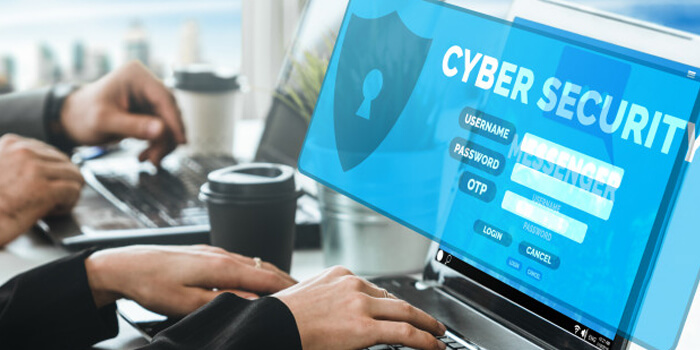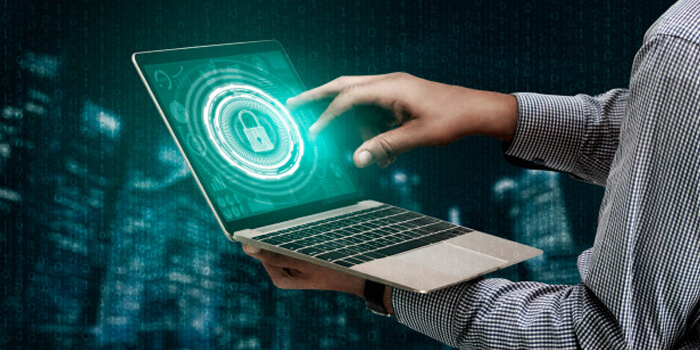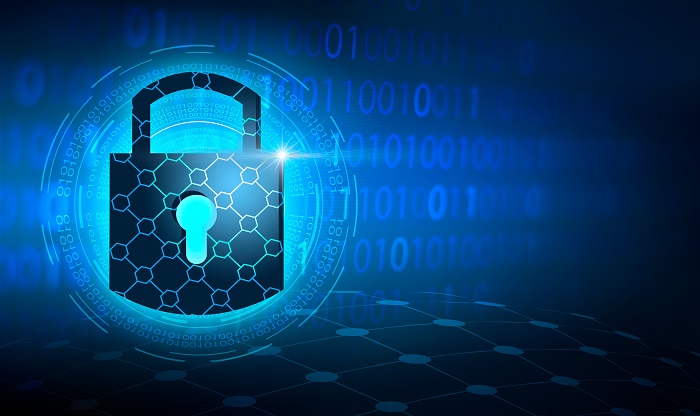Coronavirus is posing a serious threat to public life and businesses as well, globally.
With the continued lockdown pushing companies to make ‘work from home’ a new norm, many are worried about security concerns associated with remote working.
Earlier this month, we have seen technology giant Cognizant reporting a huge data security breach to its systems in the form of Maze Ransomware.
A large number of WordPress sites also faced XML attacks.
Besides existing cyber threats, the advent of coronavirus-themed cyberattacks added to the industry concerns.
Likewise, there were many cybersecurity incidents reported during the lockdown period.
At this juncture, cybercriminals are trying out all possible ways to make the best out of this uncertain situation.
On the other side, faced with a challenging situation, companies are also brainstorming on ways to resume their operations between remote and physical working.
ALSO READ: Cybersecurity Predictions for 2020 and Beyond
Whatever the situation, privacy and security continue to be the key considerations for all businesses, globally.
Challenges Thriving on ‘COVID-19’ Fear

WHO had alerted everyone about the phishing emails, with senders pretending as WHO representatives, asking users to log in or download malicious documents.
Given that everyone is working from home, employees using Virtual Private Network (VPN) could be placing the sensitive data at a security risk.
Moreover, the usage of cloud services could be a potential opportunity for intruders.
Your corporate accounts could be under serious threats arising from insecure public Wi-Fi networks, giving enough scope to unauthorized access to sensitive data.
Another important security challenge could be from third-party providers, whom you would be relying on for outsourced services.
Likewise, there could be many other known or unknown threats putting your systems and data at acute cybersecurity risks.
ALSO READ: How to Implement ‘Cybersecurity’ in Your Project?
So, how are you addressing these concerns?
The Answer: Risk Management Through Business Continuity Strategy

Ensuring business continuity, in simple terms, is nothing but preparing your business for emergency scenarios, strengthening abilities to mitigate risk impact, and preparing for further development.
Business Continuity Strategy includes infrastructure, process, people, business, operations, and communication.
Then, how do you do that?
6-step Business Continuity Strategy:
Step-1: Take Initial Measures
- Implement fundamental principles of emergencies
- Implement global security and safety recommendations
- Restrict people’s movement avoid business travels or events
Step-2: Prepare Your Infrastructure
- Ensure infrastructure readiness to support remote operations
- Ensure a centralized control exists to monitor and assist remote activities
- Identify hurdles affecting remote operations and take countermeasures
- Clearly define SLAs with all suppliers to avoid gaps in emergencies
- Ensure sufficient IT support personnel
- Review all application licenses are up to date
- Review access rights to systems and data
Step-3: Beware of Possible Cyber Risks
- Secure your applications and monitor them closely
- Test apps for software patches and upgrades
- Take awareness campaigns on social engineering attacks pertaining to the crisis
Step-4: Address Employee-side Concerns
- Analyze roles and responsibilities for on-site and off-site requirements
- Plan measures to assist employees in dealing with stressful scenarios
- Effectively manage workforce across levels of operational reduction
- Ensure seamless access to employee mobility
Step-5: Handle Operational Risks
- Identify gaps in people, processes, and technology, and take countermeasures
- Ensure continuity of operations in line with risk levels
- Ensure responsive recovery plans to uncertain situations, in the form of necessary tools and resources
- Ensure seamless flow of supply chain
- Make arrangements to support both remote and physical work
- Plan optimization of costs, processes, and portfolio to avoid economic impacts on the organization
- Have disaster recovery plans to avoid business downtimes
Step-6: For Seamless Communication
- Set up an effective communication channel for seamless business interactions among employees, managers, management, partners, suppliers, and more.
In Conclusion

An effective Business Continuity Plan helps you keep your business running even in crises while keeping your operations safe and secure! Contact Stealth Labs for information security services!

